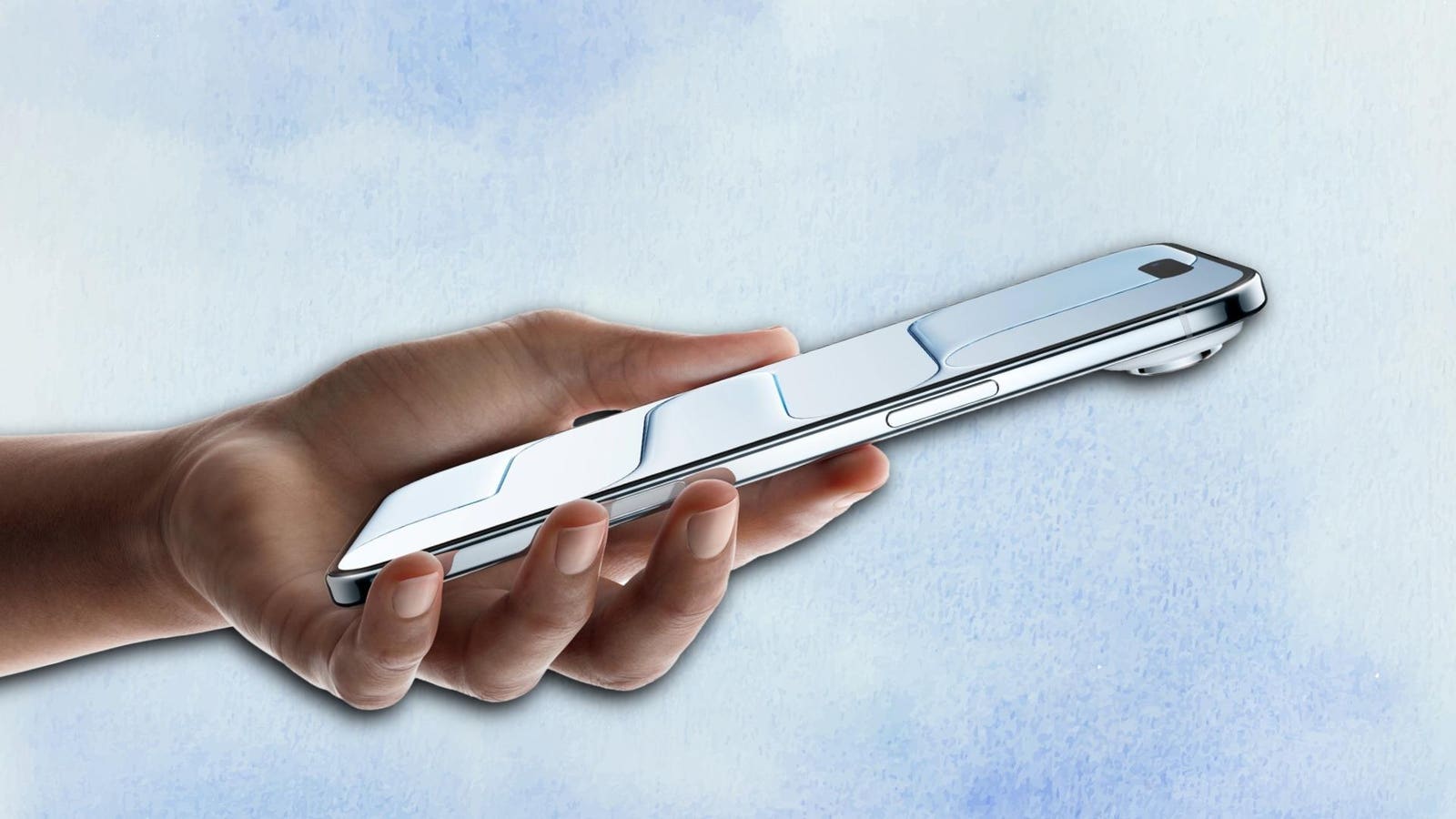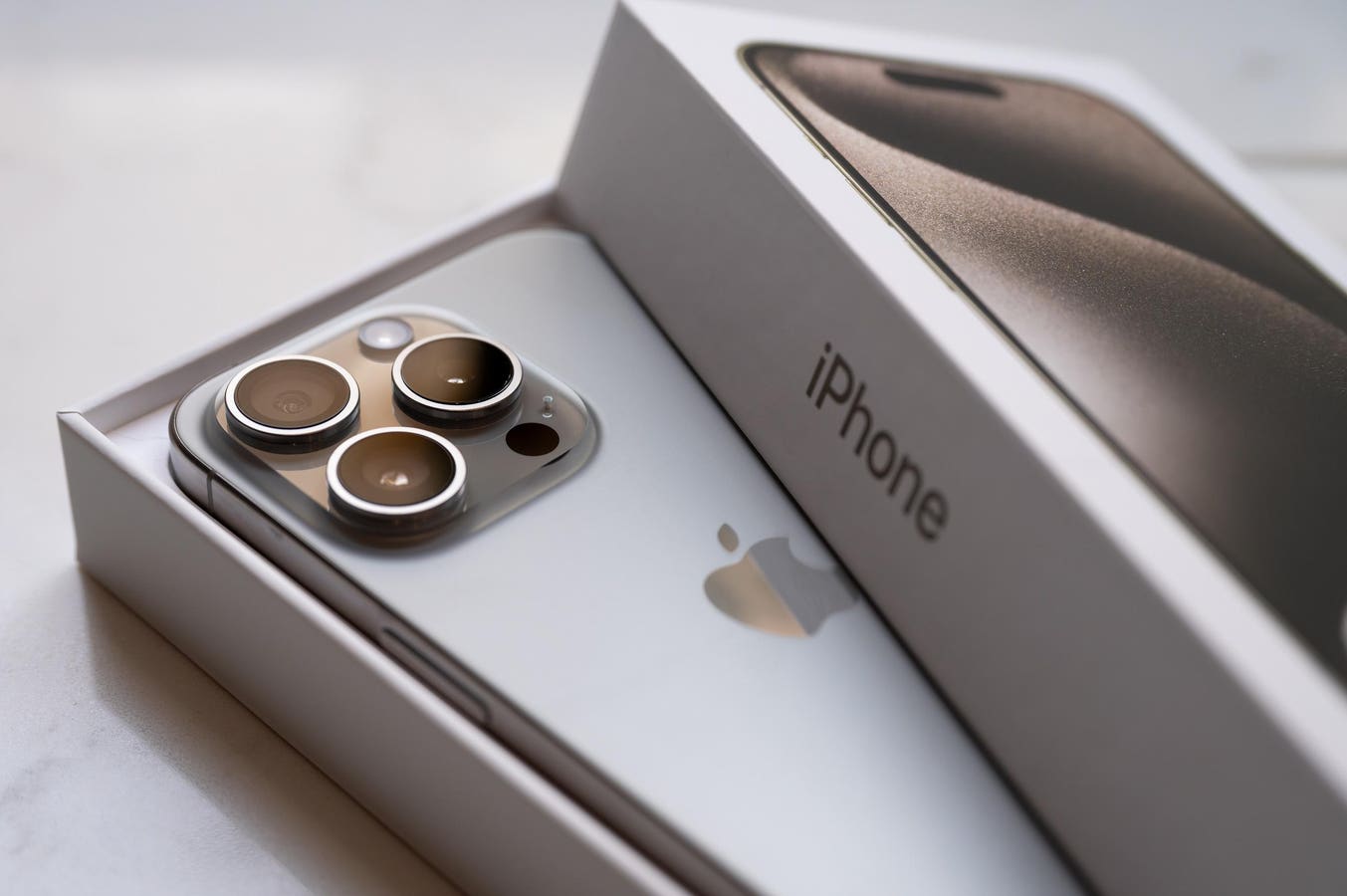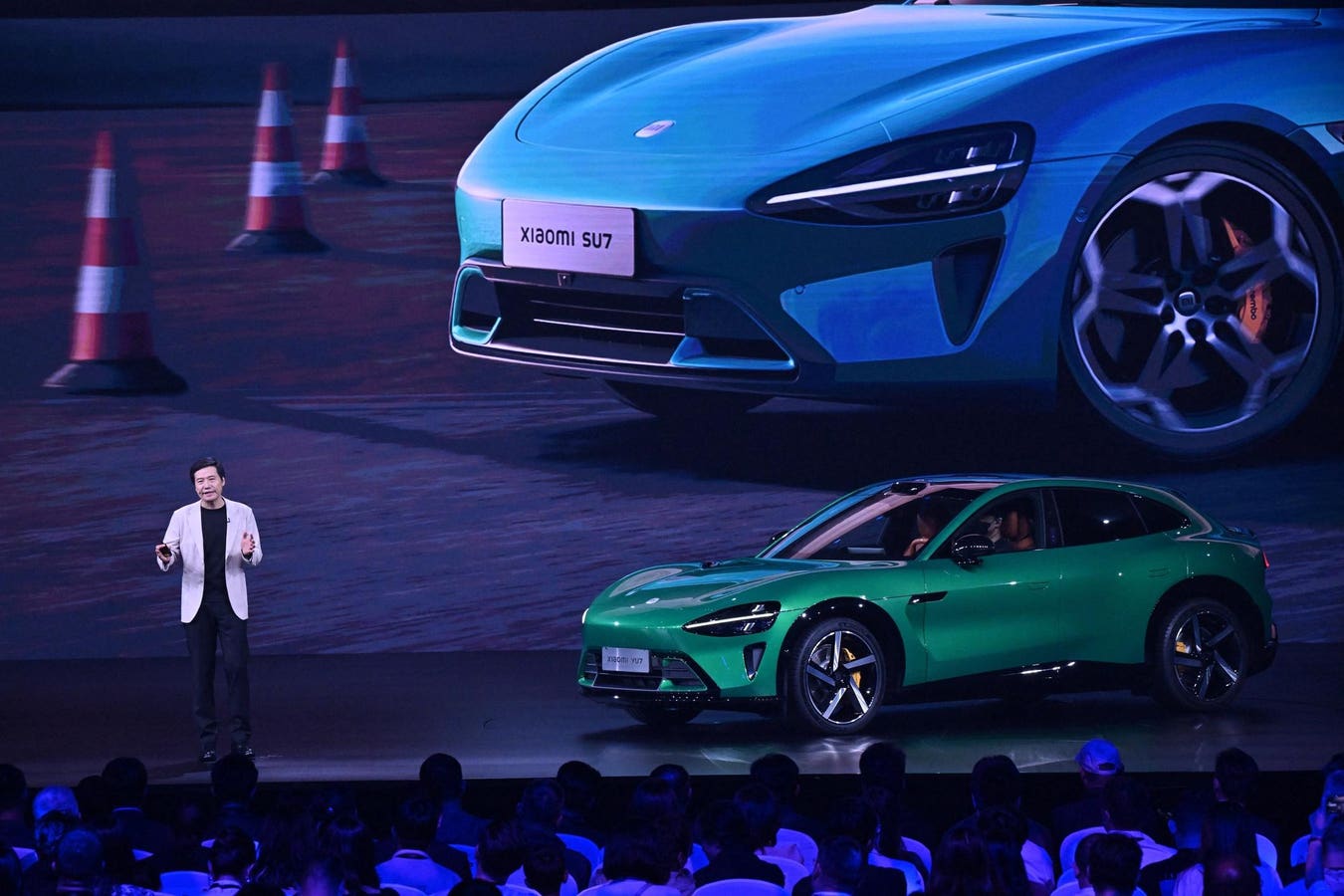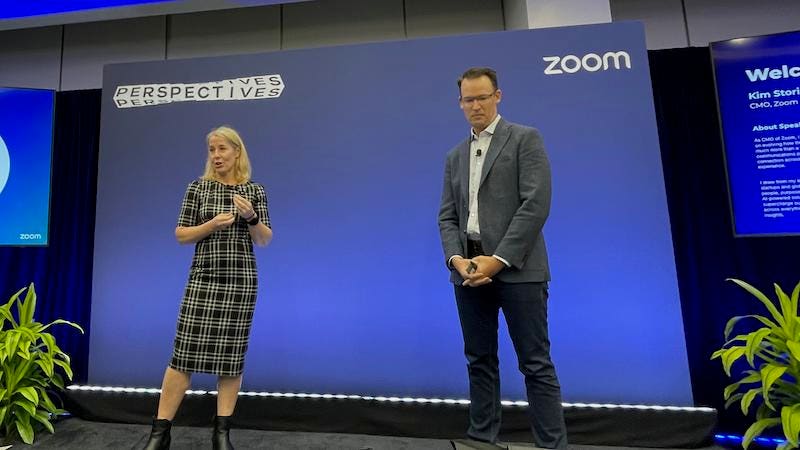Apple announced the long-rumored iPhone Air (not iPhone 17 Air) at its Awe-Dropping Event in Cupertino alongside the iPhone 17 and iPhone 17 Pro series. It is as thin as the rumors indicated and as limited as our expectations, but surprisingly powerful.
The iPhone Air is super thin at just 5.64mm and refreshingly light at 165 grams. Most modern smartphones measure more than 170 grams on the scale, so gaining a 6.5-inch display in this slim and light design is new for the industry. But so is getting a single rear camera on a $999 smartphone.
The iPhone Air Is Thin, Light And Still Durable
As mentioned above, the iPhone Air is just 5.64mm thick. For comparison, the iPhone 17 measures 7.95mm thick, whereas the iPhone 17 Pro is 8.75mm (just 0.15mm less than the Samsung Galaxy Z Fold 7). Its closest competitor, the Samsung Galaxy S25 Edge, is 5.8mm thick. As a result, the Apple iPhone Air is the slimmest flagship phone on the market right now.
The slimness undoubtedly raises questions about durability. Apple acknowledged this during the event while detailing the design. To make it strong, the Cupertino company added a titanium frame, along with Ceramic Shield 2 on the front and Ceramic Shield on the back. Apple says it is more durable than any previous iPhone.
The iPhone Air features a 6.5-inch OLED Super Retina XDR display with ProMotion 120Hz refresh rate. It can reach 3,000 nits of peak brightness outdoors and go down to 1 nit to save energy. Thanks to Ceramic Shield 2, you get a 7-layer anti-reflective coating and 3x better scratch resistance than before. The device is also IP68 rated for dust and water resistance. The iPhone Air might be slim and light, but it doesn’t compromise on durability, at least on paper.
“Fastest CPU On Any Smartphone”
Ahead of the official announcement, I expected the iPhone Air to be as powerful as the base iPhone 17. Instead, it packs the same processor as the iPhone 17 Pro and 17 Pro Max, the A19 Pro SoC. Apple claims it packs the “fastest CPU on any smartphone” and is more power-efficient than its previous chips. It’s paired with the N1 chip for Wi-Fi 7 and Bluetooth 6, plus a faster, more efficient C1X 5G modem.
While it runs on the same powerful chipset as the iPhone 17 Pro series, the iPhone Air doesn’t have the same thermals as its pricier siblings. I hope it won’t heat up in daily use, but that remains a concern with such a thin design.
Apple Acknowledges The Battery Concerns
iPhone Air with new MagSafe Battery pack
Apple
Apple said on stage that the iPhone Air can deliver a day’s worth of battery life on a single charge. But seconds later, it announced a new $99 MagSafe battery pack. The accessory is designed to top up the iPhone Air on the go.
According to Apple’s product page, the MagSafe battery pack isn’t compatible with any other new iPhones. It’s made specifically for the Air’s slim profile, even though Apple claims the device can deliver iPhone 16 Pro-level battery life.
Some users also may not like the fact that iPhone Air doesn’t have a SIM card slot. It is eSIM-only worldwide.
Just One Rear Camera And A Powerful Front Camera
iPhone Air camera module
Apple
The camera is another trade-off. Unlike other new iPhones, the Air sports a single 48MP Fusion Camera, which Apple says delivers 2x “optical-like” zoom. By contrast, the more affordable iPhone 17 adds a second 48MP shooter for ultrawide and macro shots.
While it lacks rear camera versatility, the iPhone Air does feature the upgraded 18MP Center Stage camera on the front. It can shoot ultra-stabilized videos and keep you in frame while doing so. The new selfie shooter promises better quality photos and videos, as well as auto-framing capabilities and the Dual Capture feature
iPhone Air: Price And Availability
The iPhone Air is priced at $999 and comes in four colors: Space Black, Cloud White, Light Gold and Sky Blue. Preorders for the iPhone Air and the entire iPhone 17 lineup begin Friday, Sept. 12, with devices hitting stores the following Friday, Sept. 19.









